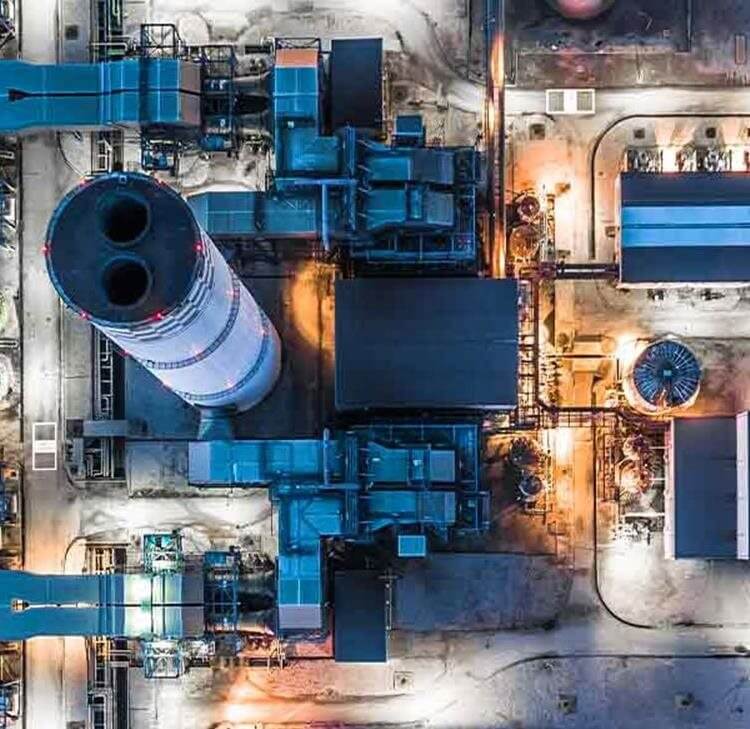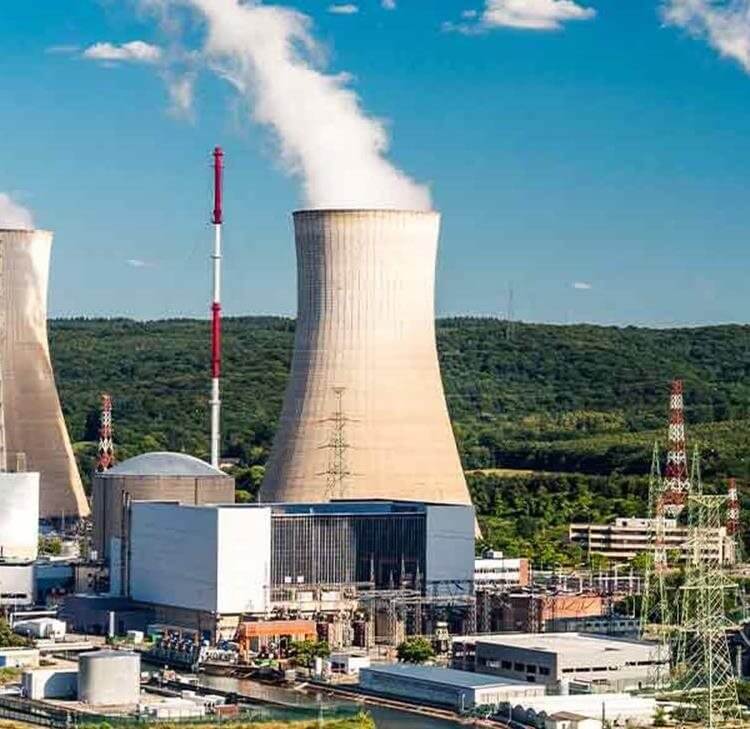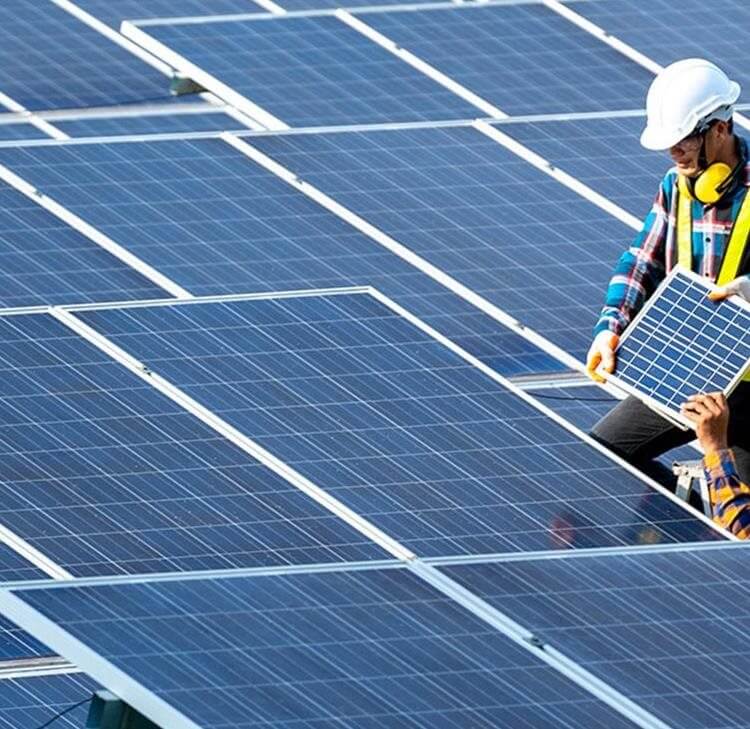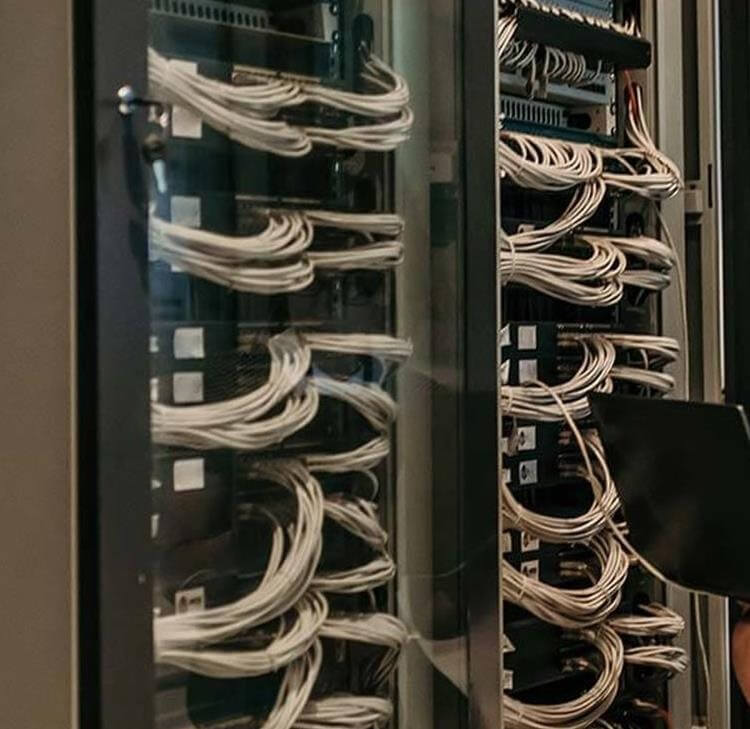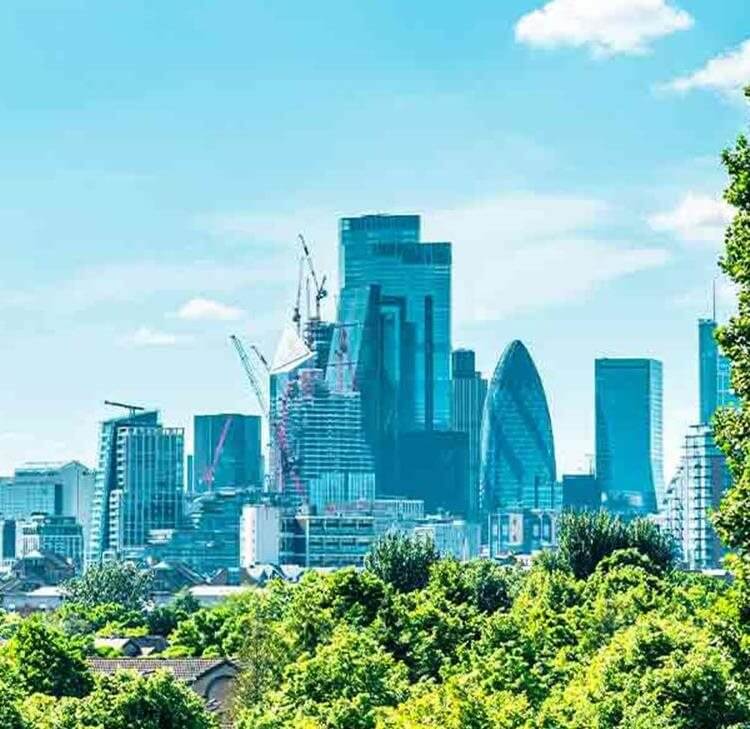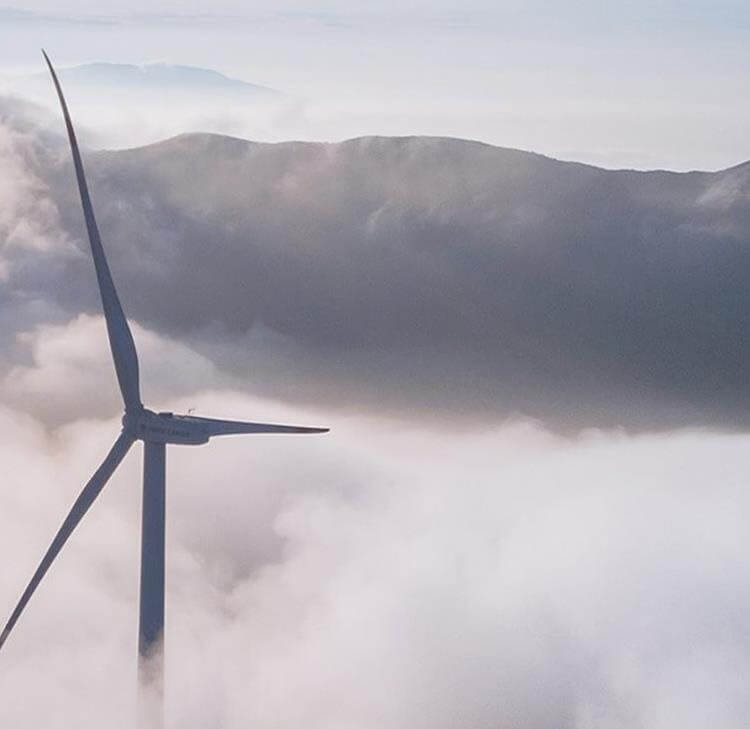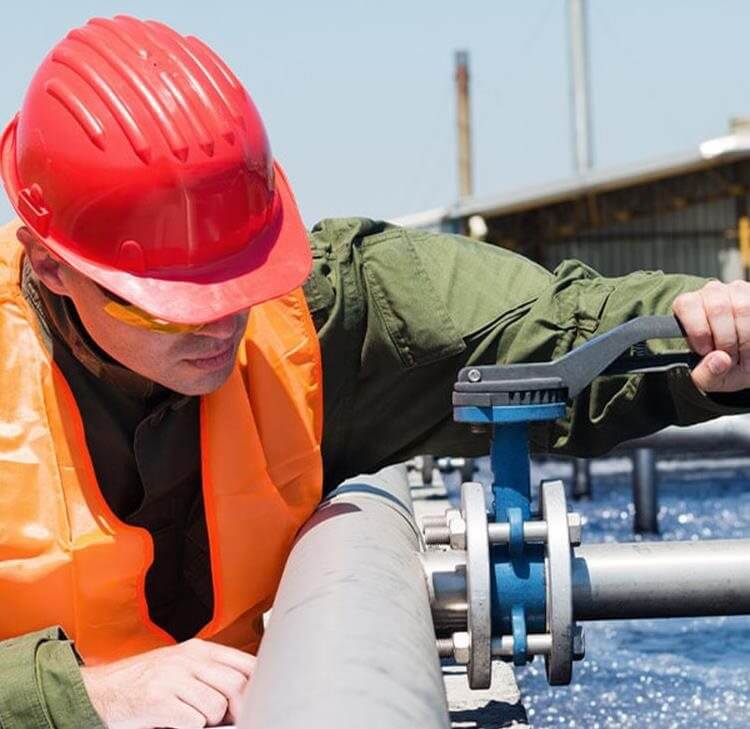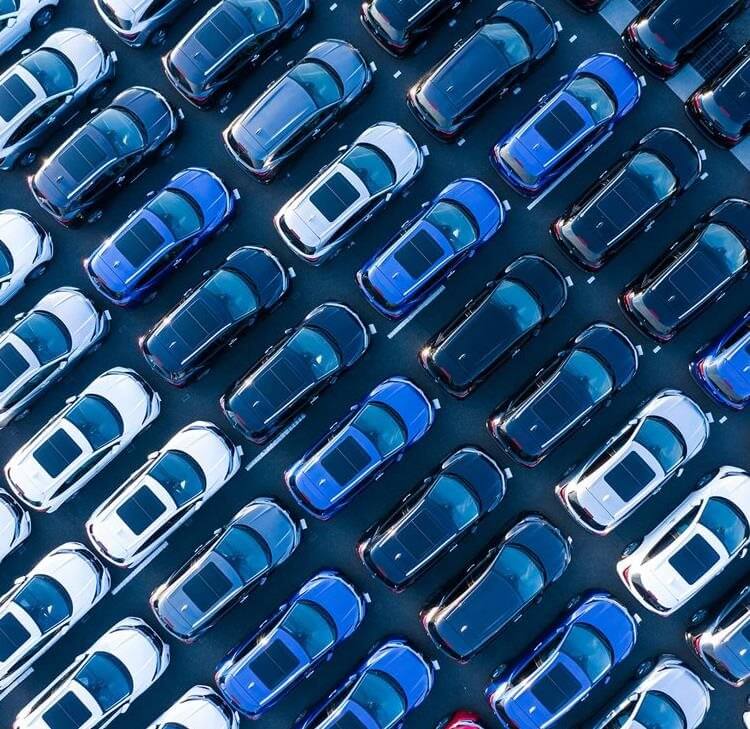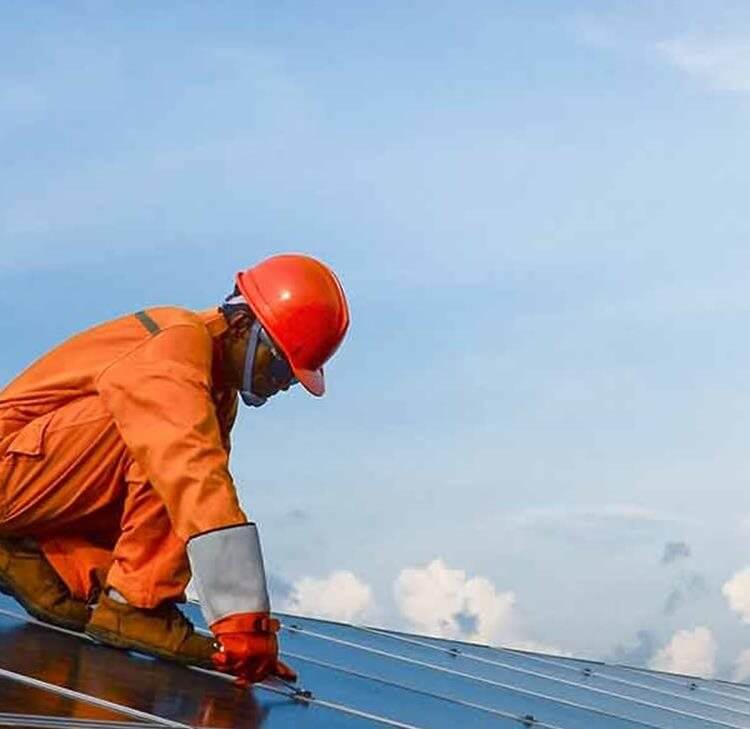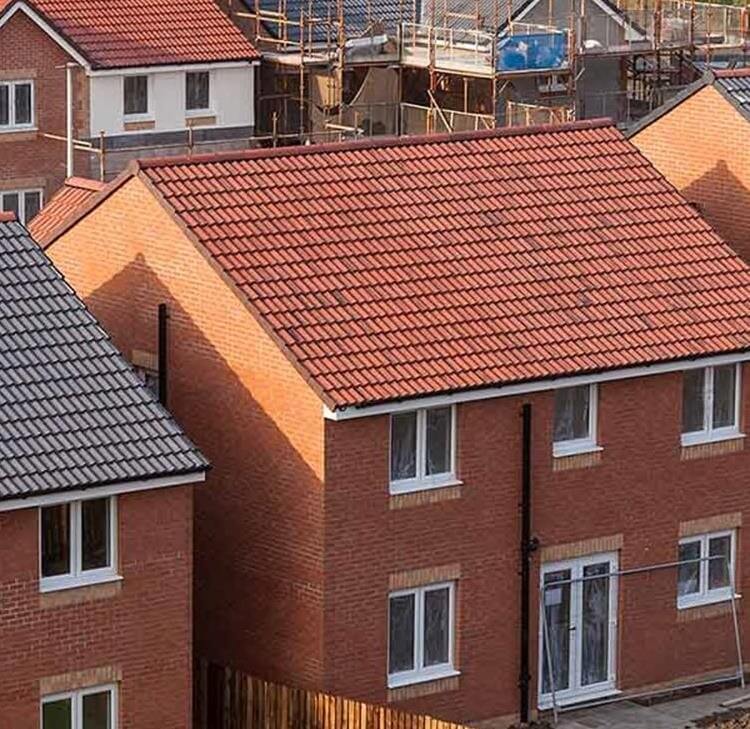This article was first published by Energy in Buildings and Industry in July.
The UK can look to Europe for novel ways of making the best use of commercial sites for generating energy. Zoe Stollard discusses the need for greater embedded solar energy.
In the last couple of decades, the conversation around infrastructure has developed significantly with an increasing focus on green and sustainable development. This shift is due to society demanding change to mitigate and adapt to climate change, which is becoming increasingly self-evident. In addition, all political parties are positioning themselves as environmental champions, albeit with differences.
The United Nations has led the international community through the publication of 17 sustainable development goals that were adopted by the General Assembly in 2015. Goal 9 of 17 focuses on “industry, innovation and infrastructure” which aims to build resilient infrastructure, promote sustainable industrialisation, and foster innovation, backed up by eight targets with progress measured by 12 indicators.
Over the last few years, the UK Government has outlined a number of policies and initiatives including its 10-point plan for a Green Industrial Revolution and the subsequent publication of the Energy White Paper which focused on three key areas being transforming energy, supporting a green recovery from Covid-19 and creating a fair deal for consumers. While the Energy White Paper did not specifically highlight solar energy there are many initiatives that will require solar energy as part of the wider solution to achieve ambitious net, zero targets.
Just taking one initiative as an example there will be a requirement that all rented non-domestic buildings will need to be Energy Performance Certificate (EPC) Band B by 2030. Earlier this year it became illegal to rent commercial properties without a minimum of an E EPC rating, which becomes more stringent in 2027, when C will be the minimum requirement before B in 2030.
The vast majority of buildings would not meet an EPC B rating in their current condition. An estimated 80 per cent of commercial buildings will still be operational by 2050 according to the Green Building Council so the fabric of these buildings will need to change with retrofits in terms of energy efficiency and generation. Even those buildings with solar panels fitted 20 years ago are probably ready for replacement with more efficient energy generating solar panels now available.
There is another factor. Commercial tenants are looking increasingly at their environmental impact as part of their wider CSR or ESG strategy. Buildings that are environmentally poor run the risk of becoming dead assets with landlords finding it more challenging to find good tenants in the future. Landlords must address this challenge and should seriously consider offering green leases. While green leases have been around for a while, they can act as a vehicle for tenants and landlords to work together to address a building’s sustainability over a period of time that could include installation of solar panels.
Photovoltaic energy has a significant advantage over wind, tidal or other renewable energy sources of being able to be integrated into the overwhelming majority of buildings and infrastructure of any kind and size. Buildings take up over a quarter of land use as well as the same percentage of emissions. Therefore there is less of a need to use green belt land which can be fraught with planning challenges to build solar farms. To look at the scale of the opportunity, if the largest seven industrial unit developments in England all had solar panels on their roofs potentially these could be approaching the size of 250 football pitches worth of solar panels in operation, benefiting not only the occupiers but potentially the local community.
We can look to Europe for innovation. For example, all French car parks with more than 80 spaces will have to have solar panels on their roofs, following legislation. This will be for existing and new car parks along with unused and available land next to railways, roads and airports. The estimates to how much energy this will generate varies quite considerably but could certainly provide the same if not more energy than Hinkley Point C will generate when fully operational. In Germany and other European countries developers of new buildings are already required to incorporate renewable energy into their designs, such as heat pumps, roof-mounted solar panels or integrated solar tiles and wind turbines.
The impact of the war in Ukraine should not be underestimated. It has created significant volatility in energy prices and has highlighted concerns to energy security, with fears about brownouts or blackouts. Moving away from oil and gas to alternative green energy solutions such as solar has become increasingly attractive. While wind is the biggest source of renewable energy, the opportunity of solar (particularly in the urban environment) should not be downplayed.
Going back to the original question of how solar can be embedded into infrastructure I believe it will be a combination of activities as outlined. Our urban and industrial environment is mature but constantly developing. This can enable the maximum value that solar energy can deliver with the building blocks already in place.
To achieve this, Government needs to push ahead green energy policies to drive businesses to change. Local authorities need to play their part by making the planning process simpler and faster for solar projects to get the green light. Like other countries, we need to be bolder and more innovative in how we can address reducing our carbon footprint. Incentives for businesses, developers and home owners have yielded positive results in the past which need to continue to drive momentum and maintain strong supply chains. Solar will not be the panacea but an integral part of the green energy solution and infrastructure of the future. But the sector needs to articulate the benefits of solar to more people.



